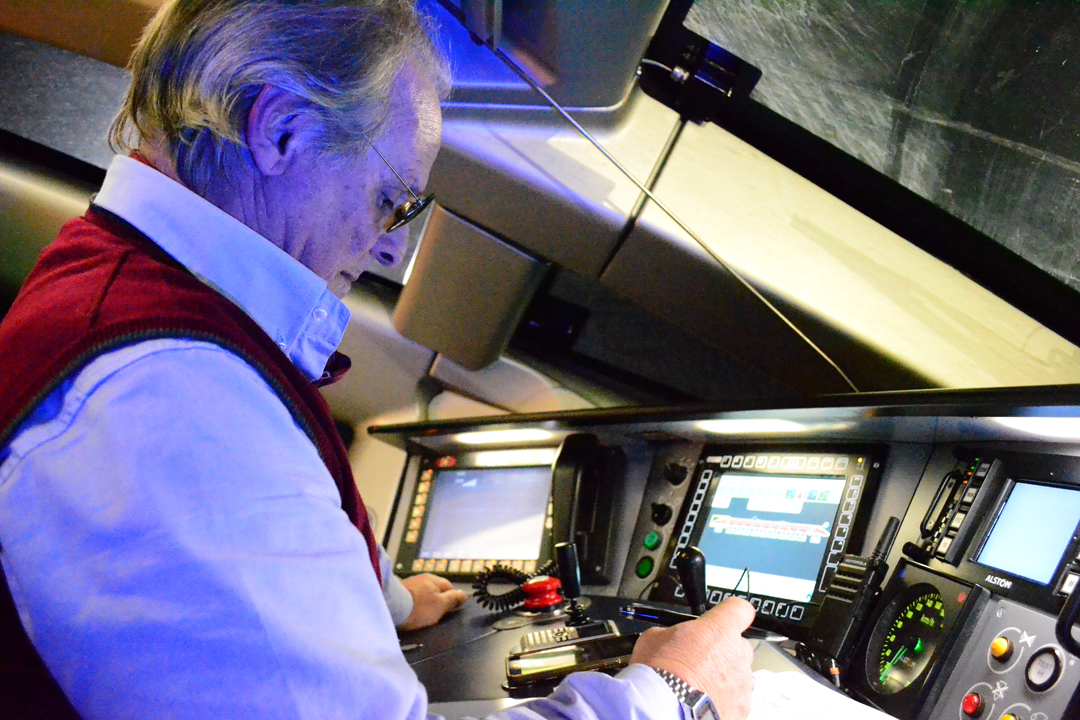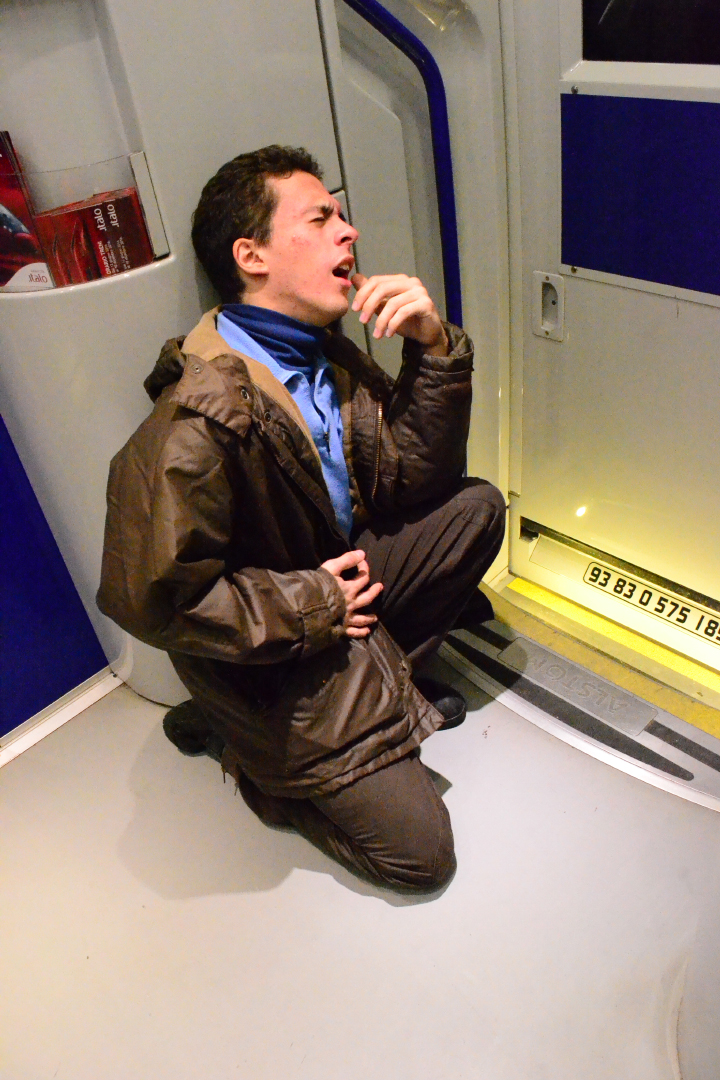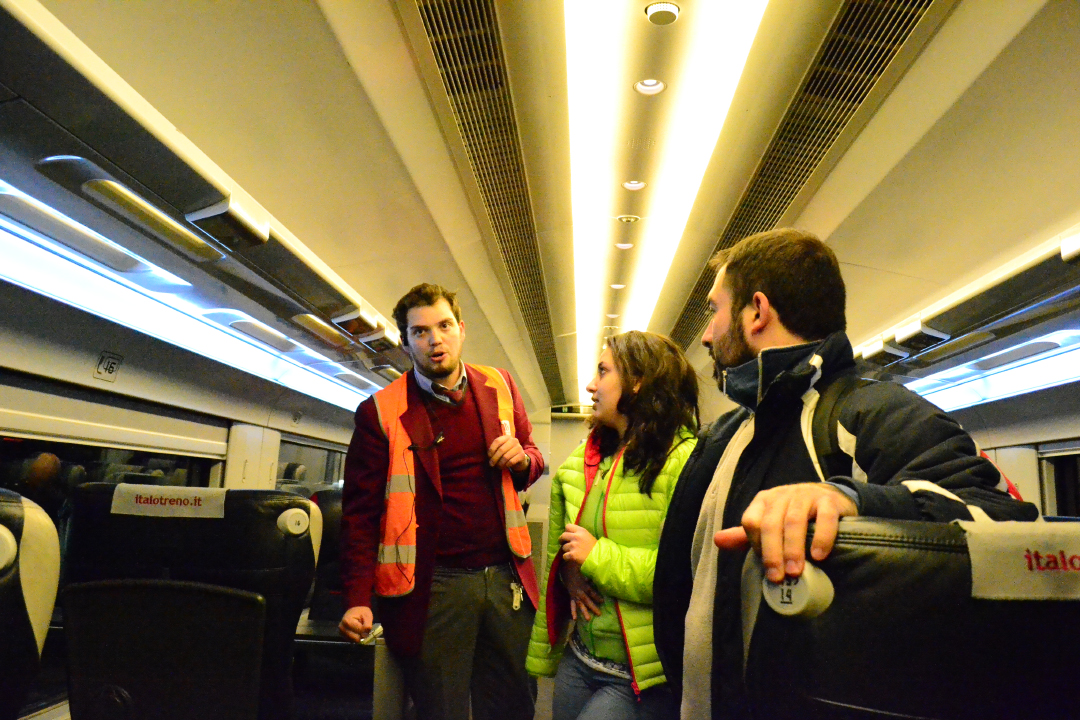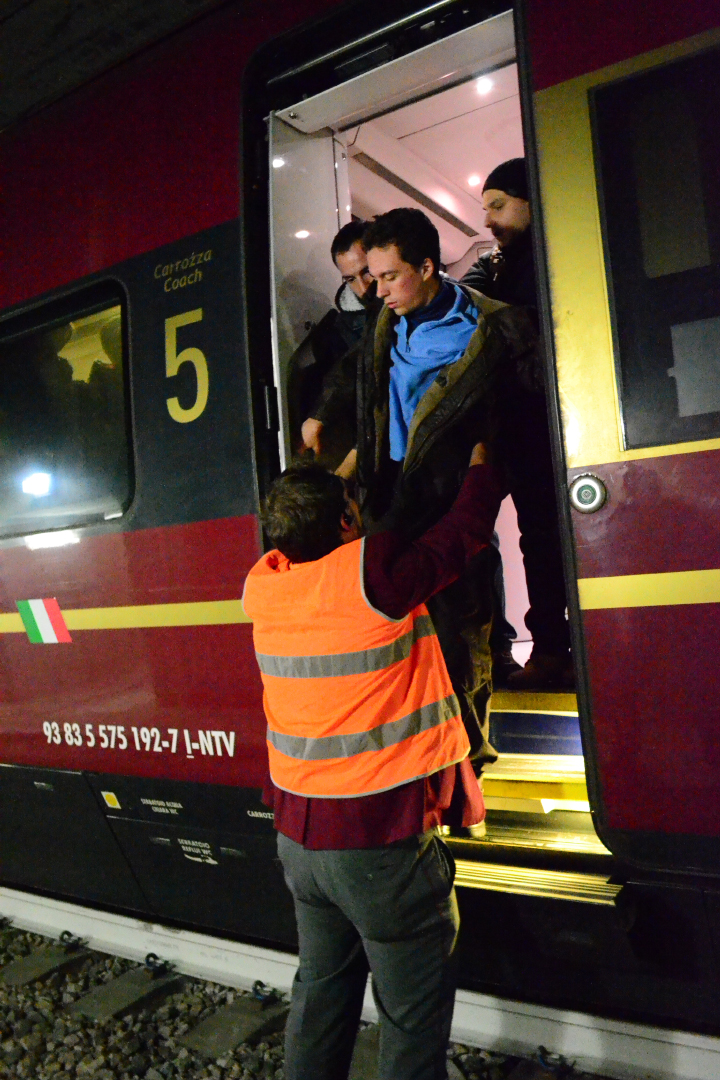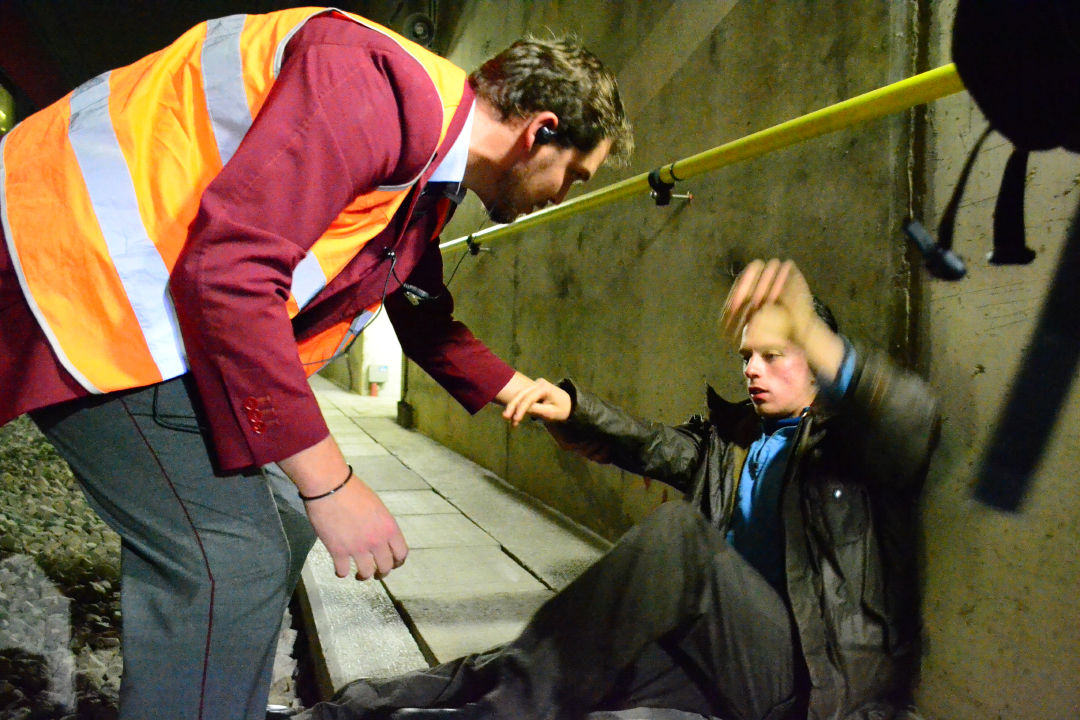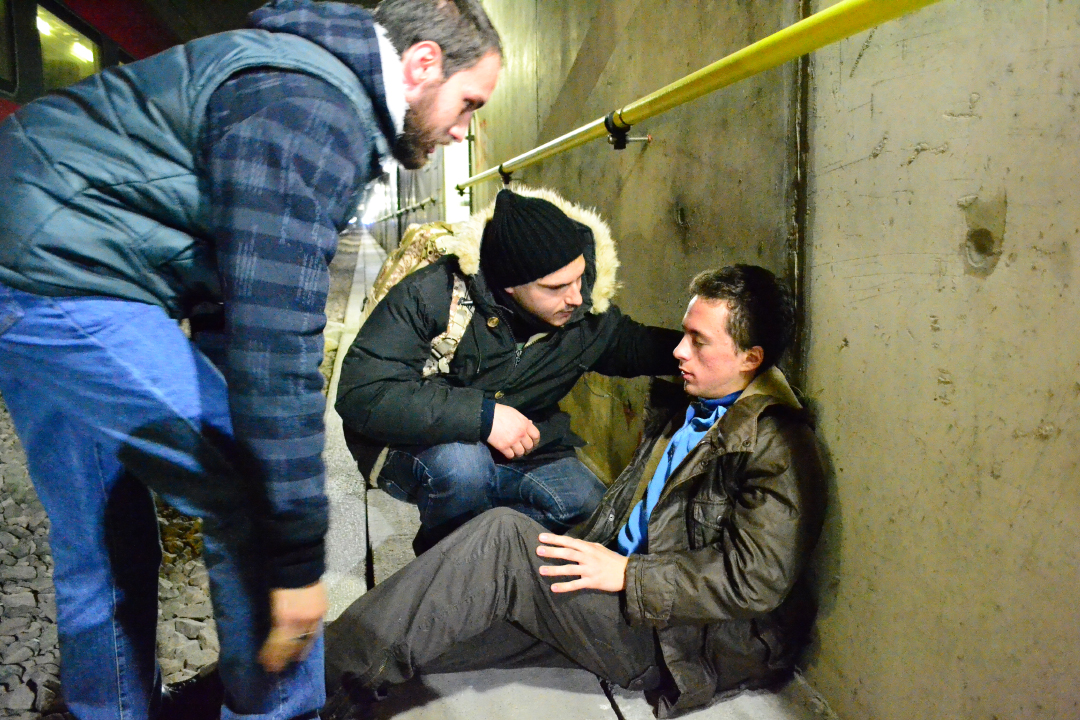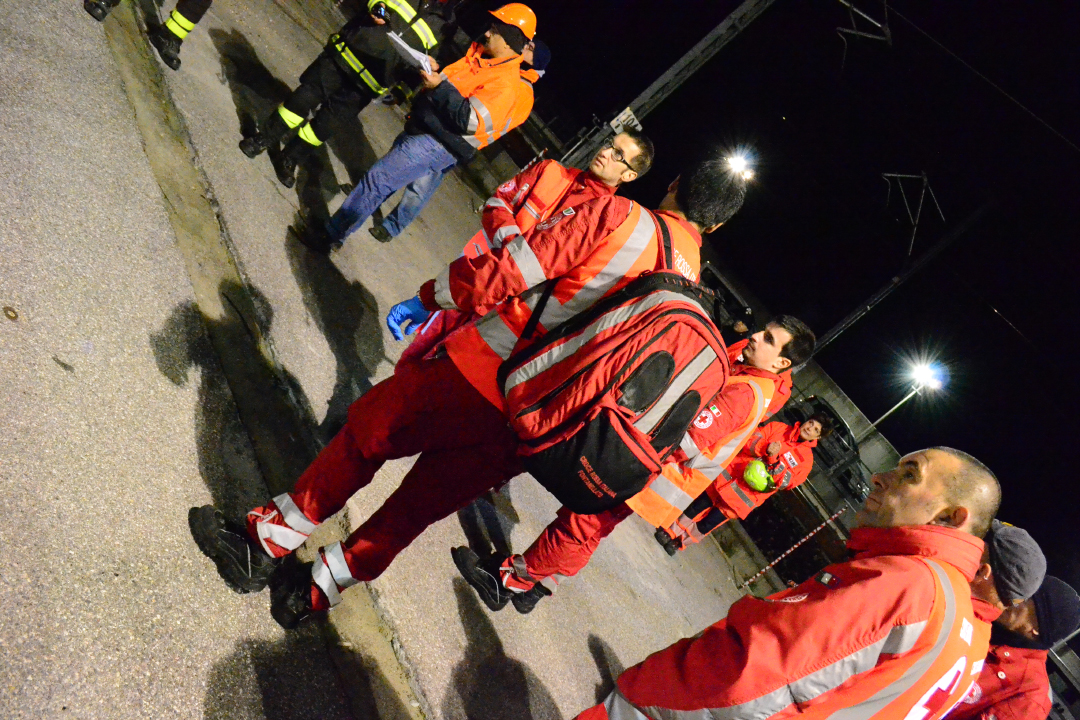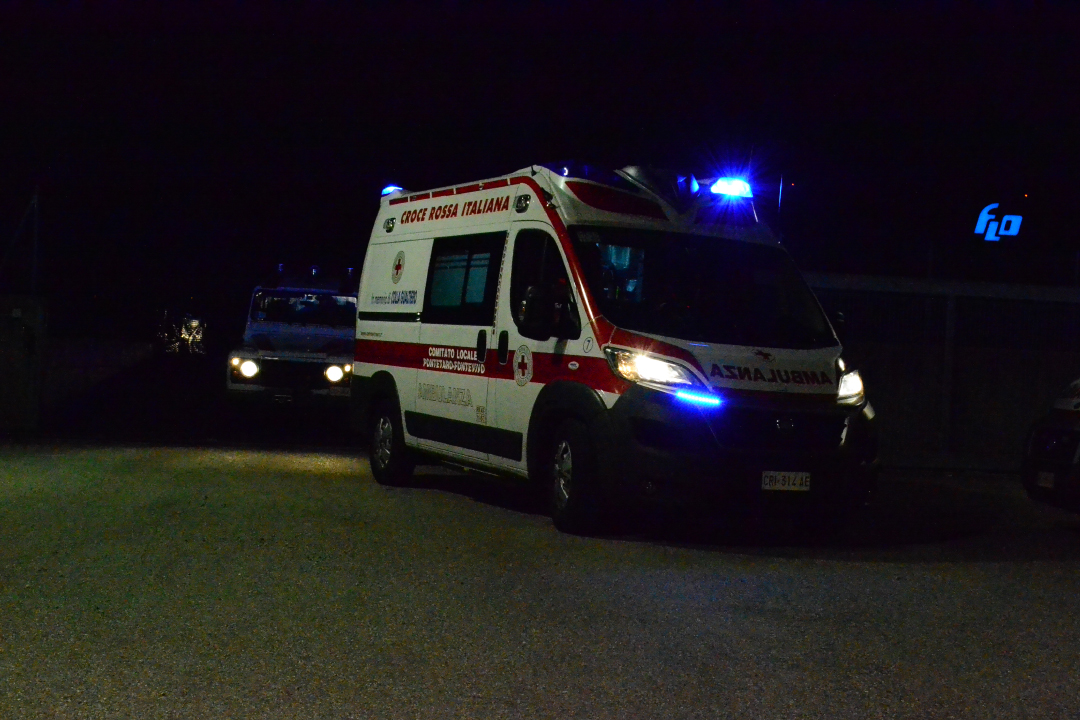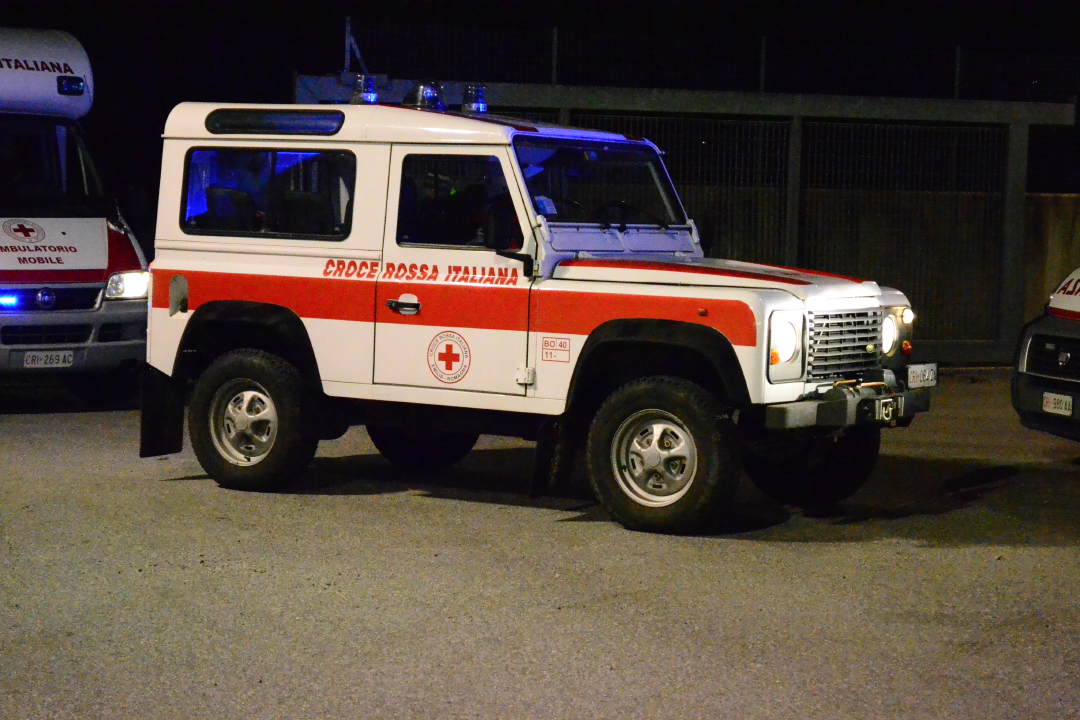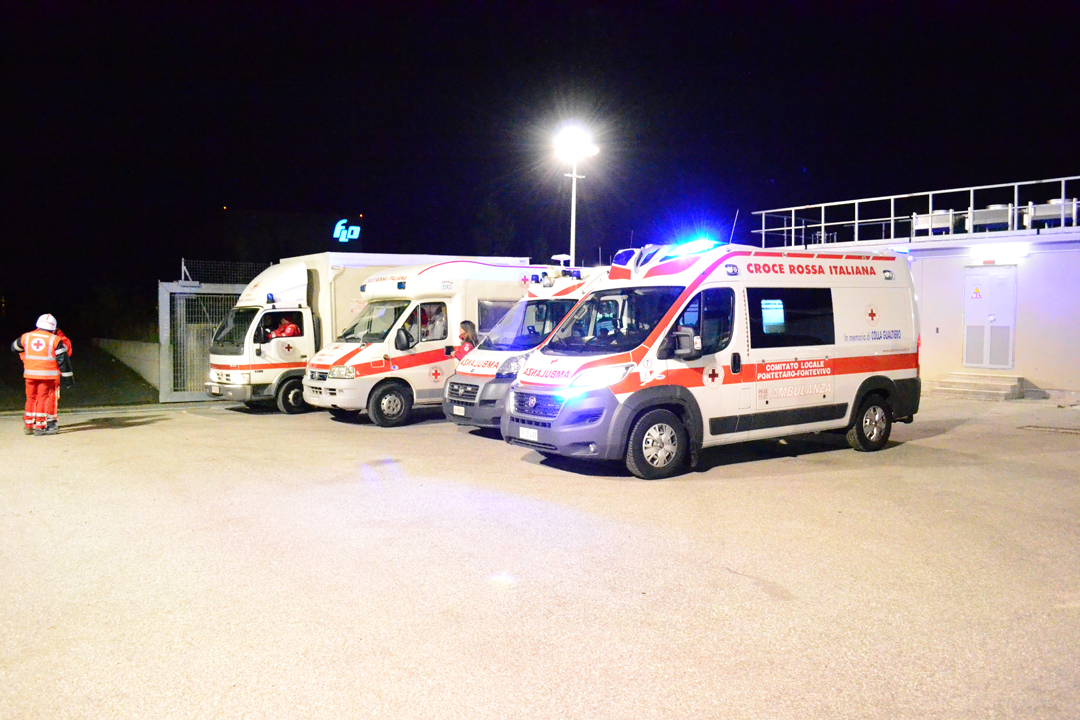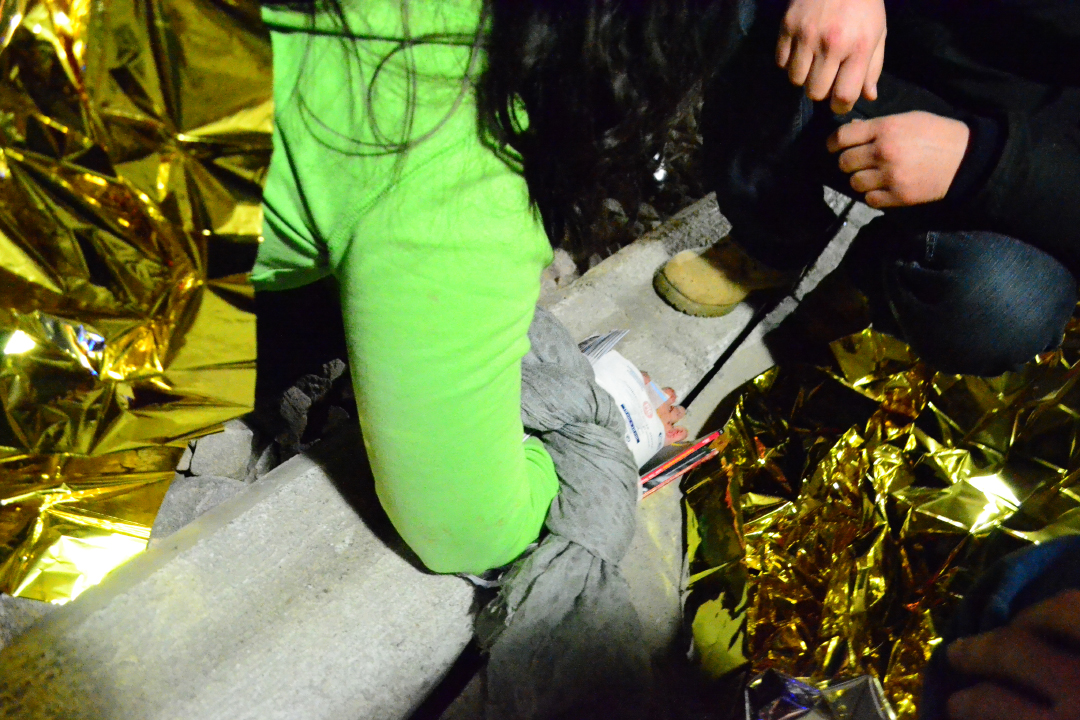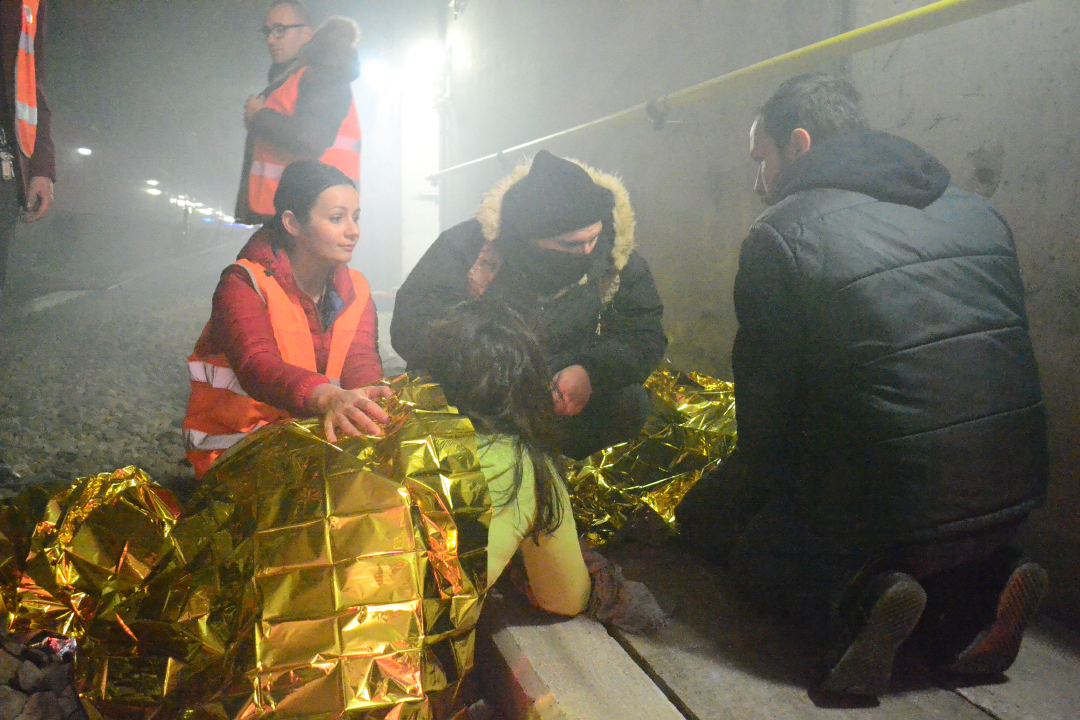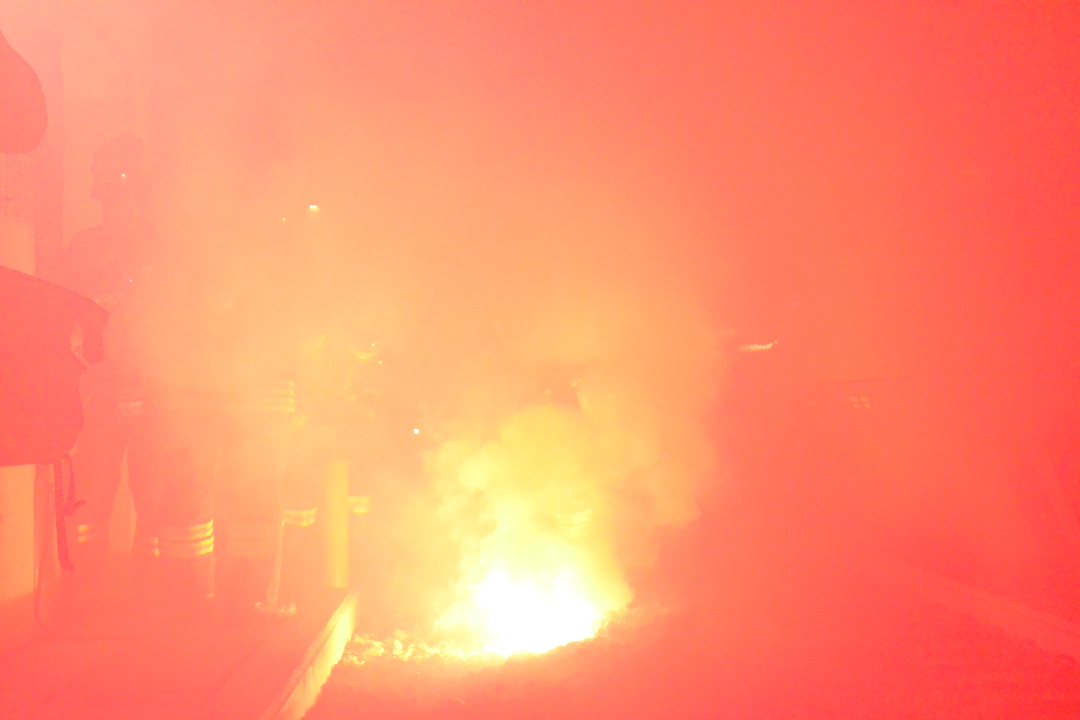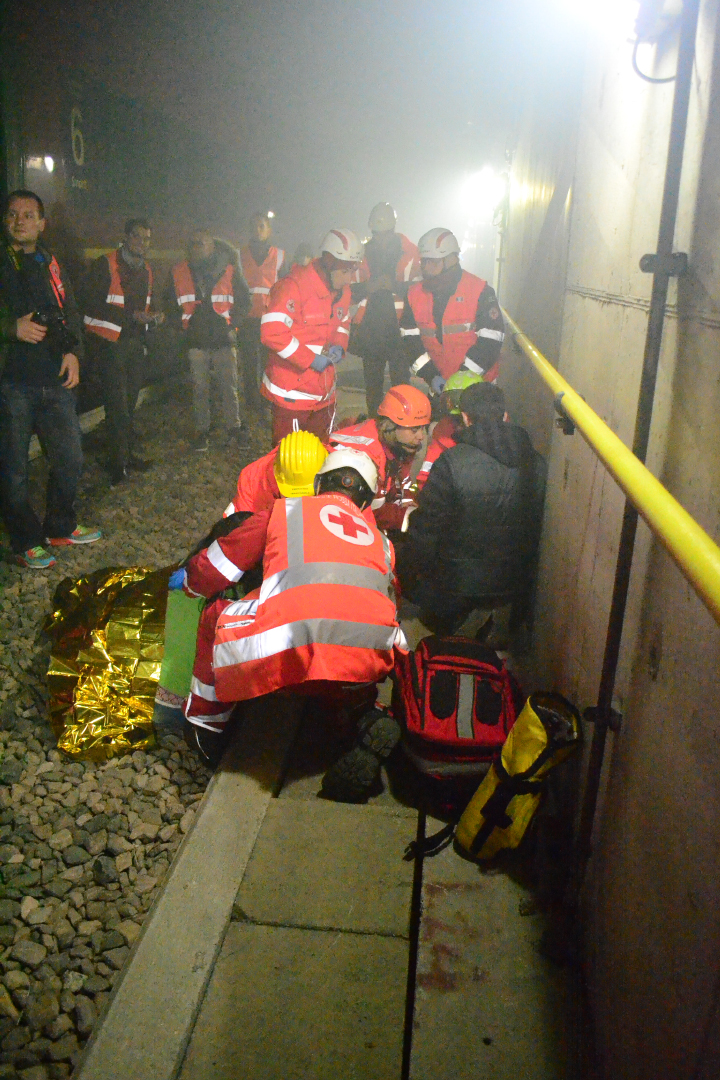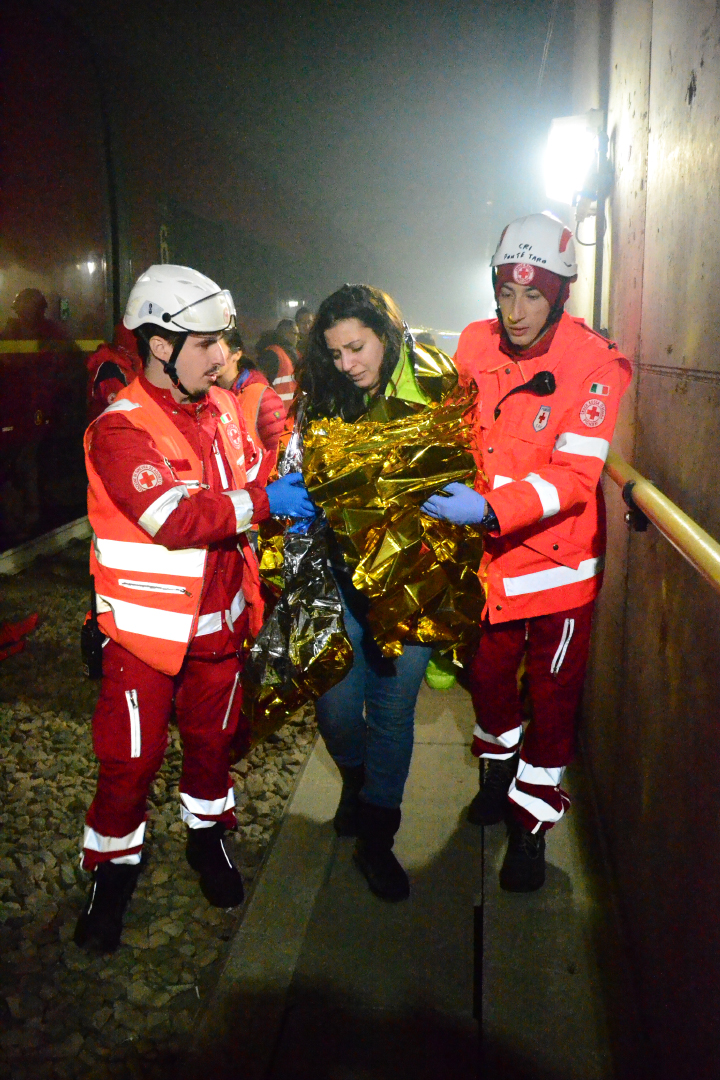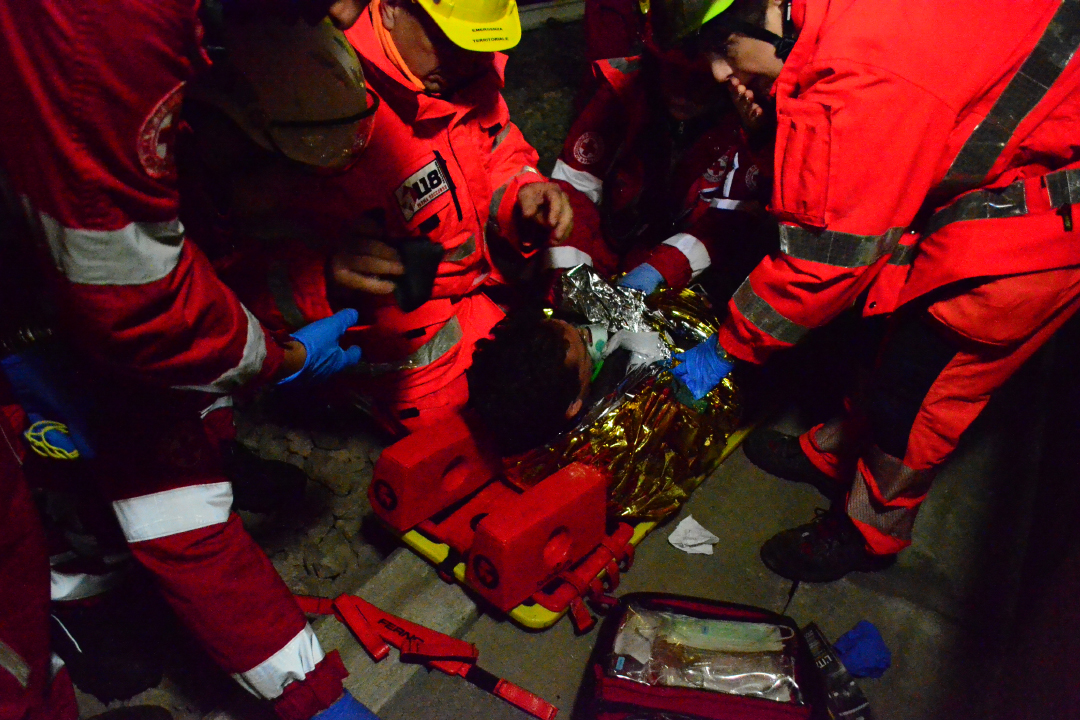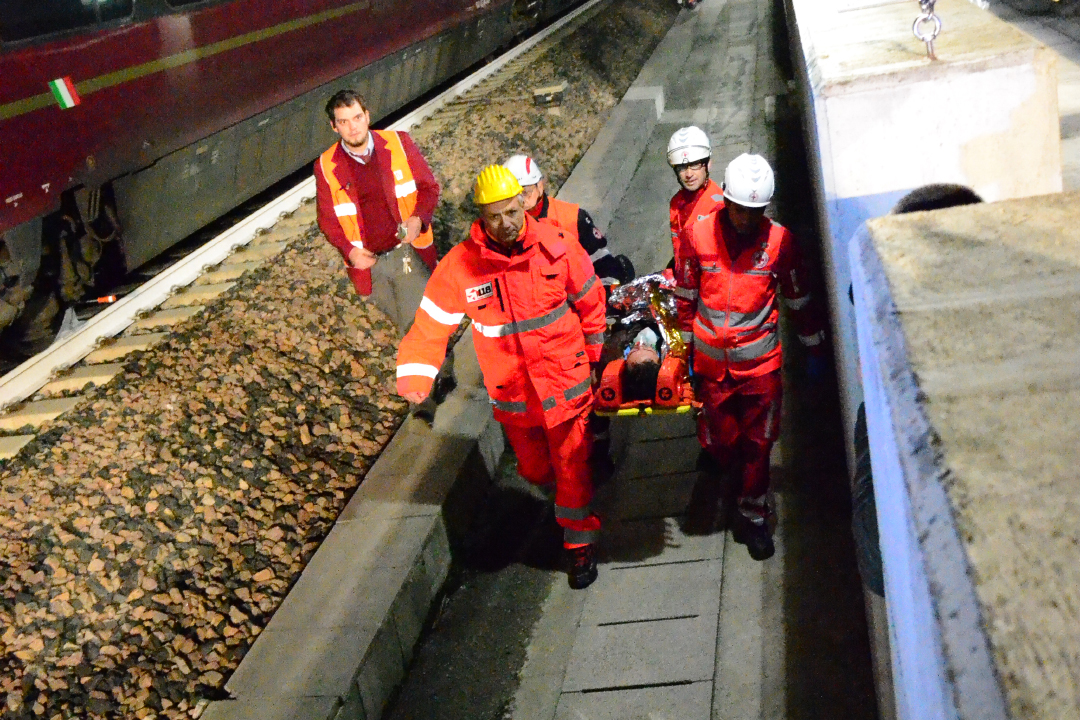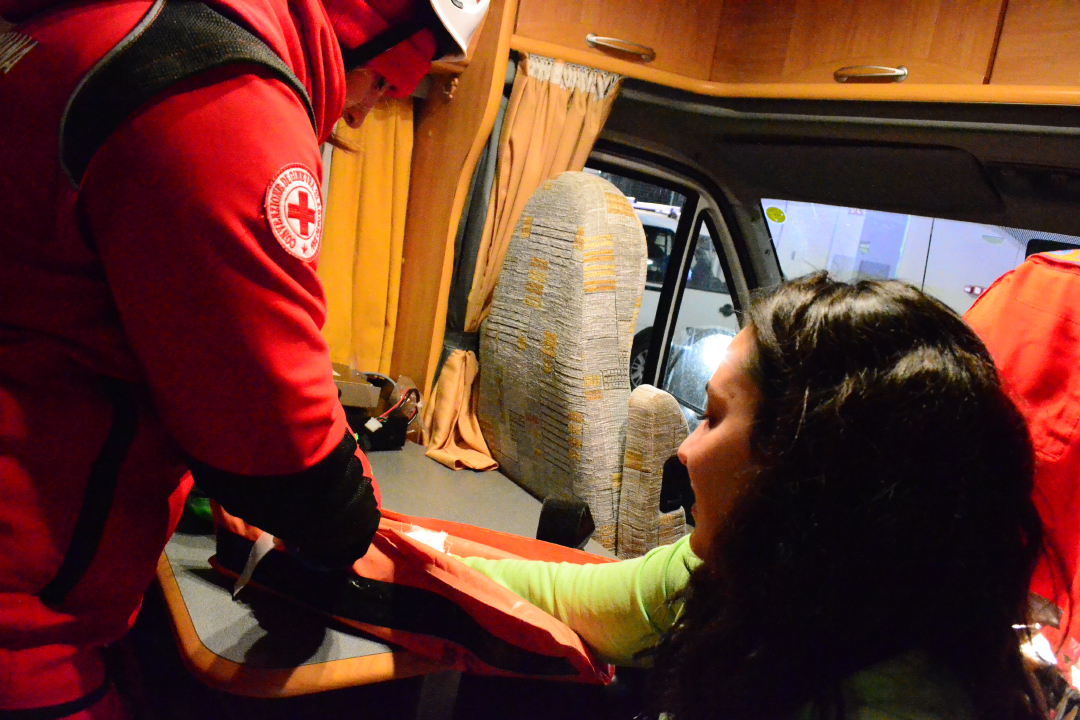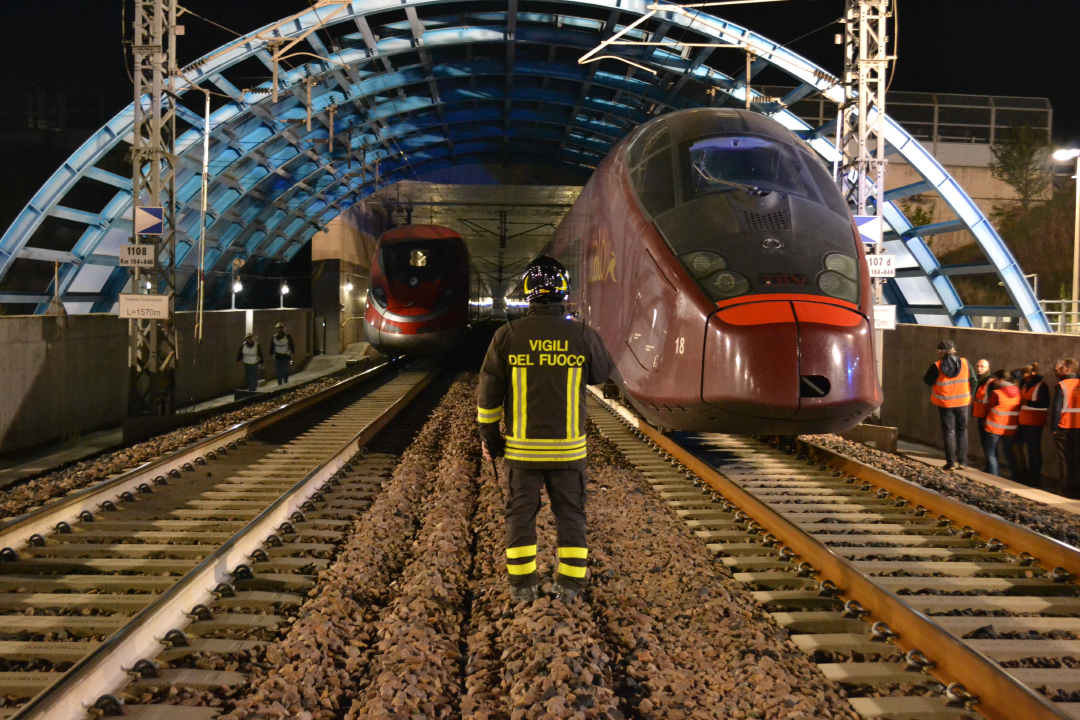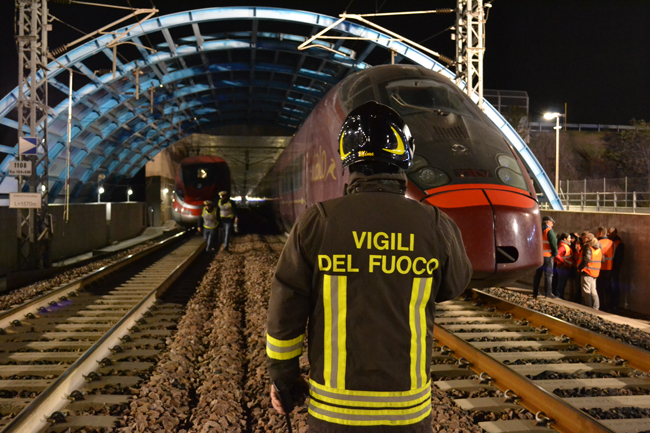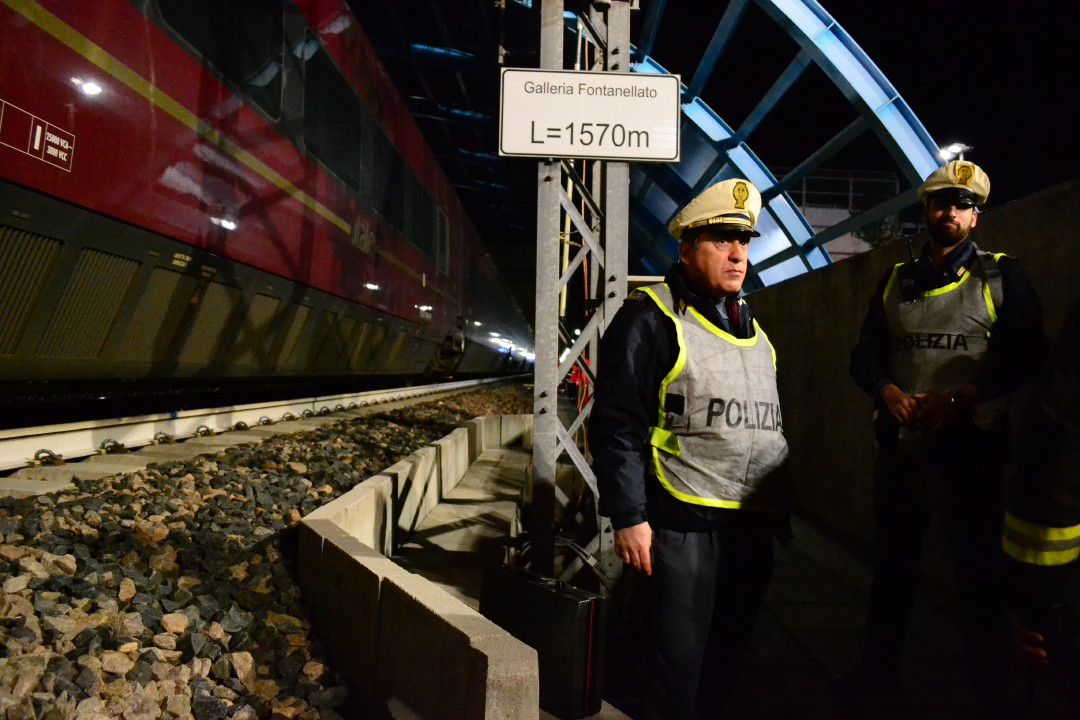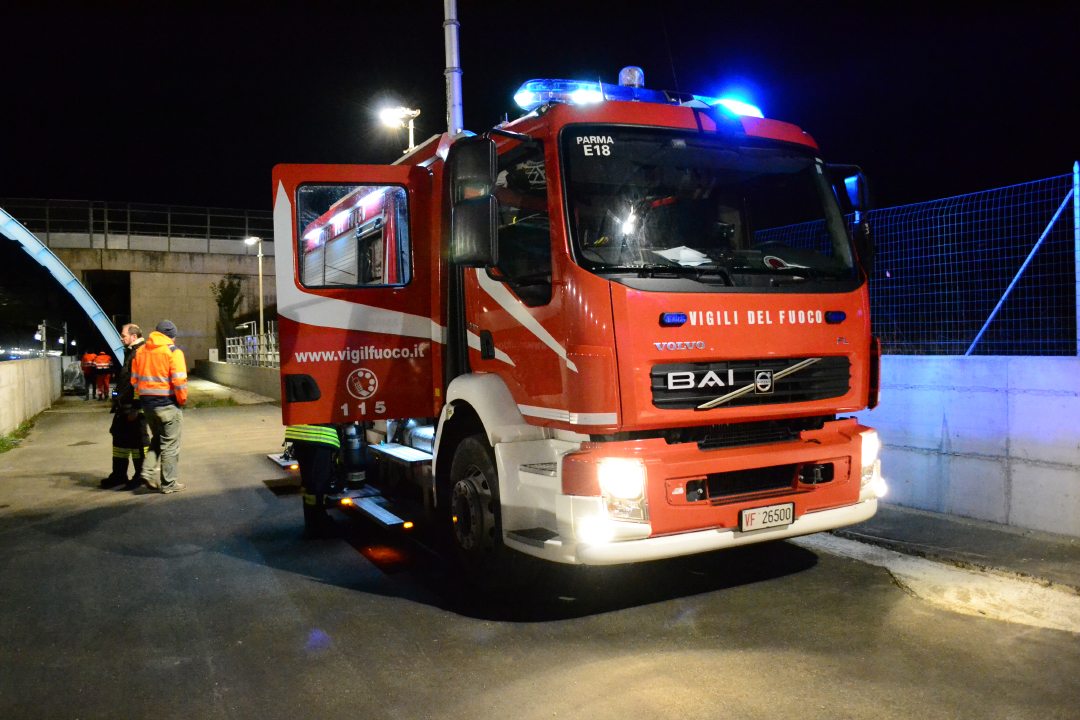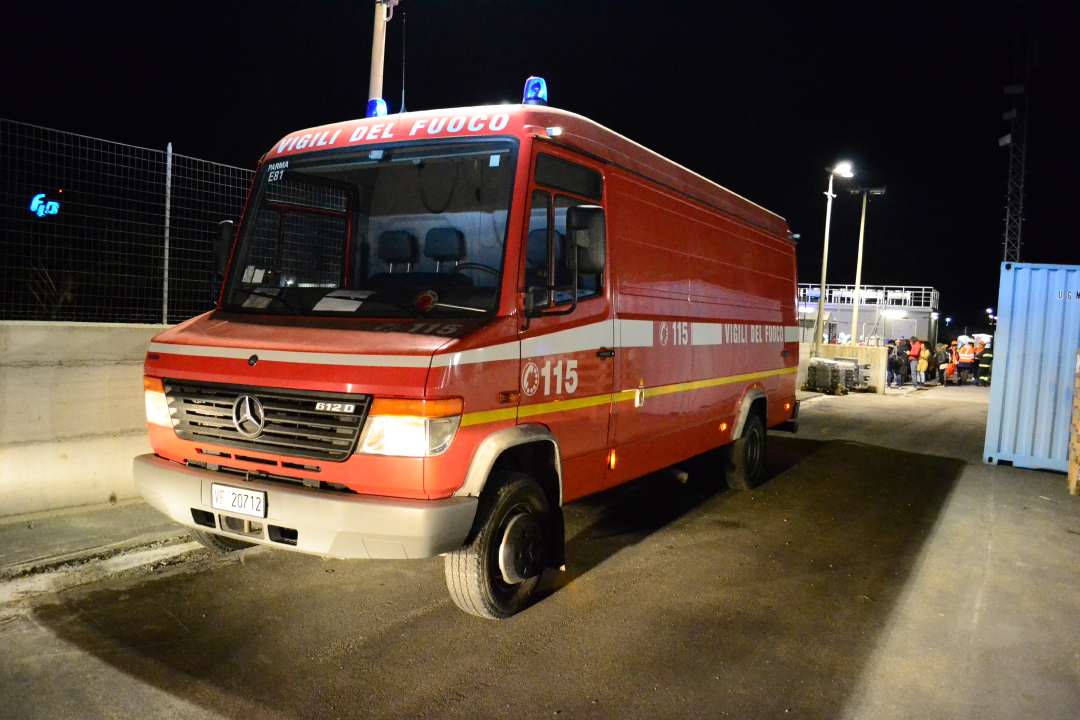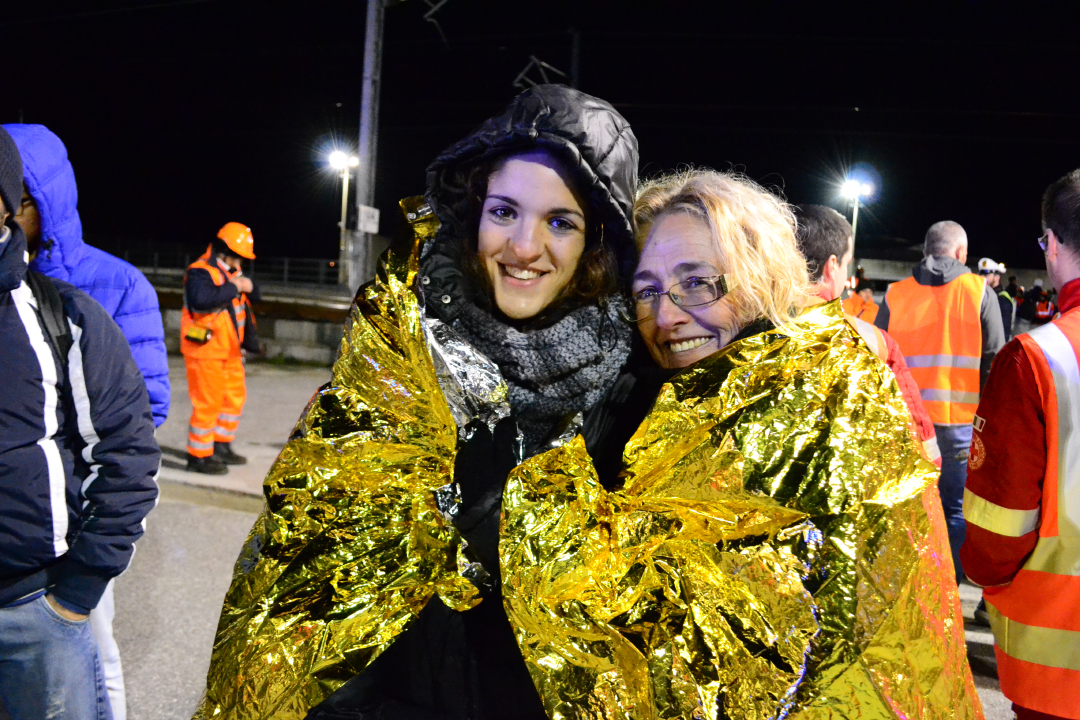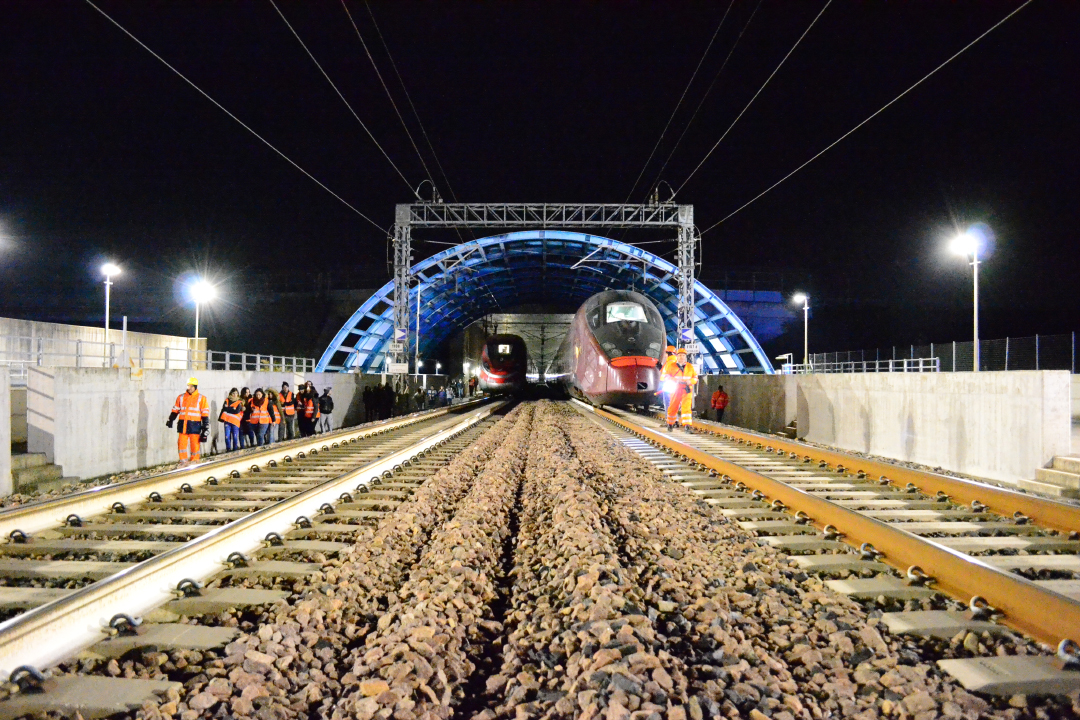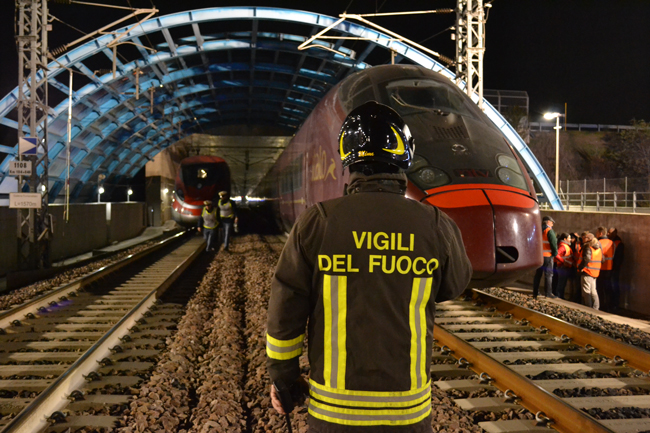
High speed rail management: what if a big emergency occurs?
Every rescuer is ready to act in case of a big emergency. But what if this emergency occurs in a high-speed train tunnel?
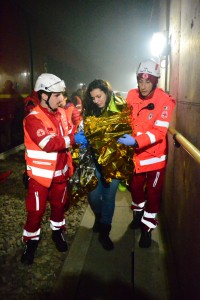 FONTANELLATO (Parma, Italy) – 16 November, it’s a Saturday night and at 12:35 a.m. a Frecciarossa train stops inside the tunnel of the Bologna-Milano high-speed way, in Fontanellato. The tunnel is 1069 meters long. The traditional rescue procedure is about to start, but something dangerous is happening. Another train, an Italo NTV is threatened by a fire inside, and it is obliged to stop inside the same tunnel, near the Frecciarosssa. Two trains with passengers on board, one of them cannot move, the other one has been stopped because of a fire: we are facing a big emergency with a very high number of involved people.
FONTANELLATO (Parma, Italy) – 16 November, it’s a Saturday night and at 12:35 a.m. a Frecciarossa train stops inside the tunnel of the Bologna-Milano high-speed way, in Fontanellato. The tunnel is 1069 meters long. The traditional rescue procedure is about to start, but something dangerous is happening. Another train, an Italo NTV is threatened by a fire inside, and it is obliged to stop inside the same tunnel, near the Frecciarosssa. Two trains with passengers on board, one of them cannot move, the other one has been stopped because of a fire: we are facing a big emergency with a very high number of involved people.
The Prefettura di Parma and RFI in cooperation with Trenitalia, NTV, Fire Fighters of Parma, 118 Emilia Ovest, Parma Red Cross and Police created this sort of scenario to start a huge training for this sort of emergency.
A training which will be very useful to emergency services and technicians formation in the field of rail emergency management.
HOW TO ACTIVATE AN EMERGENCY MANGEMENT?
A rail emergency management is quite difficult and complex to organize. When we talk about  high-speed railways, the first to give the alarm has to be the engine driver, comunicating the precise position. There are at least 22 different roles in the rail lines emergency management. First of all, the rails interested by this emergency will be immediatly blocked. Then, on the blocked trains, pantographs are lowered and the entire railway will be cut out, to permitt RFI operators to move without dangers. RFI will suddenly activate rescue squads and emergency services. Within 120 seconds must be activated also Fire Fighters, 118 and Reailways Police. RFI suggests quicker access points to the accident in real time.
high-speed railways, the first to give the alarm has to be the engine driver, comunicating the precise position. There are at least 22 different roles in the rail lines emergency management. First of all, the rails interested by this emergency will be immediatly blocked. Then, on the blocked trains, pantographs are lowered and the entire railway will be cut out, to permitt RFI operators to move without dangers. RFI will suddenly activate rescue squads and emergency services. Within 120 seconds must be activated also Fire Fighters, 118 and Reailways Police. RFI suggests quicker access points to the accident in real time.
The following passage is check passengers health condition. In the case of this training the injured were only two, although the PMA were equally dispatched. Once the sistuation on board is verified, emergency operators evacuate the trains. The procedure of evacuation results easier for the train without fire inside, while for the NTV, the evacuation is a little more complex. A person turns out to be intoxicated and, after his treat, the rescuers have to take in consideration that there is a fire inside the vehicle. In this case the operators have to communicate with the passengers explaining how pretious is their collaboration in order to accelerate the evacuation. The personnel unlock the train’s doors and then try to handle the fire, while rescuers evacuate passengers in the safer way as possible, checking that every one got off the train.
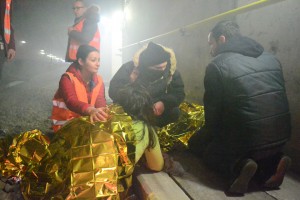 RFI starts the procedures of electrical grounding, so to make the area safe for rescuers and passengers, avoiding electrocution. This is essential in particular during a storm or a rainy weather. This is the moment when urgent rescue operations start, i.e. when the train is stopped and passengers are evacuated. Operators cannot act if passengers did not get off the train, in a safe area and ready for a quick and efficient triage. Fire Fighters are working to estinguish the fire and emergency operators are allowed to visit injuried inside the tunnel. PMA is very helpful in this case, because the assistance to healthy passengers will calm them down, avoiding panik attacks and allowing authorities in making their identification. The last emergency operations will be ended by Fire Fighters, giving the results to RFI which will manage to evaluate trains conditions, and making sure that all passengers got off and that injuried people are in a safe area.
RFI starts the procedures of electrical grounding, so to make the area safe for rescuers and passengers, avoiding electrocution. This is essential in particular during a storm or a rainy weather. This is the moment when urgent rescue operations start, i.e. when the train is stopped and passengers are evacuated. Operators cannot act if passengers did not get off the train, in a safe area and ready for a quick and efficient triage. Fire Fighters are working to estinguish the fire and emergency operators are allowed to visit injuried inside the tunnel. PMA is very helpful in this case, because the assistance to healthy passengers will calm them down, avoiding panik attacks and allowing authorities in making their identification. The last emergency operations will be ended by Fire Fighters, giving the results to RFI which will manage to evaluate trains conditions, and making sure that all passengers got off and that injuried people are in a safe area.




